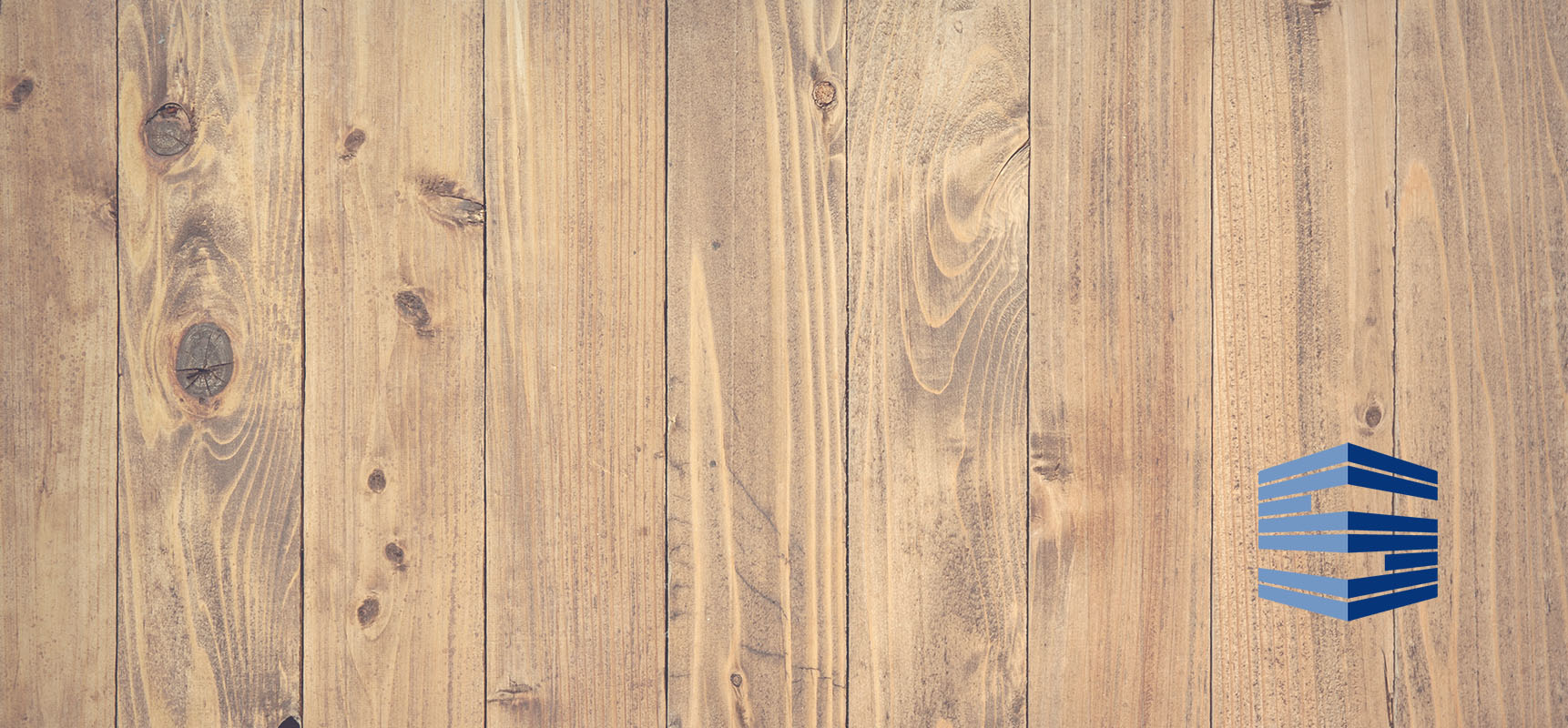Cost Escalation in Construction
- May 11, 2021
- Written by Danielle Nguyen, Larisa Forester, CPSM, Associate AIA

Shortage of Materials Globally
As the global economy begins a return to normalcy following the COVID-19 pandemic, lumber, steel, and precious metals are recovering from a whirlwind year. Lumber shortages were first experienced in the summer of 2020 due to increased demand for housing and DIY projects while many were forced to work from home or take time off work. When travel and dining restrictions became the new norm, many made the decision to move into larger homes with more land or to take on their long-neglected “honey do” list of DIY home improvement projects. This increased demand put a strain on the already decreasing availability of raw timber. In 2019, the profit margin on lumber prices was so low, it cost sawmills more to produce and export it than it did to sell it. Eventually, this resulted in the closure of production facilities and when the increased demand hit in mid-2020, the remaining mills were unable to keep up. While historically traded at around $200-$400 per board feet (mbf) prior to 2020, the industry is currently faced with prices exceeding $1,000/mbf.
Steel and copper are seeing a similar trend in production and demand due to mining disruptions in response to the pandemic. Steel rebar prices have spiked multiple times over the past couple of months and currently exceed $700/ton. This is about $150/ton higher than it was a year ago, though it has been projected that the price increase may have leveled out for now. Meanwhile, copper is also rapidly increasing in price, hitting a nine-year high in February at $4/lb -- a 100% increase since the beginning of the pandemic. The construction demand for copper will continue to rise as the push for sustainable and renewable energy systems require significantly more copper for the generation, transmission, storage, and consumption of energy than the traditional fossil fuel infrastructure.
The Impact
As the unknowns continue through 2021, contractors are feeling the strain of accurate bidding. It becomes a conversation about how to balance adding for material price escalation, staying competitive, and keeping the overall price low enough that the project remains viable. It's not uncommon for material suppliers to only guarantee their price for 24-48 hours due to the volatility of the market-leaving contractors and developers with multi-year contracts vulnerable to potential large cost increases. That being said, there are ways to mitigate these obstacles including quick contract execution, pre-purchasing materials, and in some instances, pre-paying for materials (in lieu of deposits). In all instances, clear communication among all stakeholders from the very beginning is fundamental.
A bid is most accurate the moment it's submitted. Time delays have the largest impact on contracts incurring additional material cost. While projects can be delayed for a variety of reasons, the time spent in limbo could lead to a dramatic increase in the overall cost of the project. Quick decisions to move forward with limited disruptions ensure the numbers are as accurate as possible.
In addition to pushing a contract through quickly, it's also in the best interest of the client to order materials ahead of time. In addition to the high demand and shortages experienced on a global scale from the pandemic, shipping costs and delays are expected to continue to rise after the Suez Canal incident. With this combination, lead times can be expected to be significantly longer than usual – some project up to 9 months longer – which will quickly impact the timeline of a project and the ability of the owner to actually occupy their space.
The most important factor while we navigate this tumultuous time is communication. The conversation of cost escalation of key materials is a crucial one and introducing it into the conversation early prevents surprises down the line. Ensuring clients are well versed in their options for the most cost-efficient ways to move forward is a huge advantage in mitigating price increases. Additionally, when estimating the project, clear communication with subcontractors and suppliers is essential to getting the most accurate numbers possible with an understanding of the conditions attached.
It's Cyclical
Despite the unknowns, the system of supply and demand is always corrected over time. When speaking with President/Owner of Staples Construction David Staples, he imparted these words of wisdom:
I've been in this business for a long time, and the one thing I know is that it's cyclical. Anyone in the industry can look back over time and identify highs and lows. Trends disappear just as quickly as they appear, and it’s a matter of trusting the process and waiting it out.
His words echo Dr. Tom Schleifer, a nationally renowned “turnaround” expert. The construction industry follows just behind the general economy with a 12-18 month delay. While we can speculate and predict what the future might hold based on past experiences, the reality is there are a variety of factors at play beyond our control. So, to ensure our employees and our clients will continue to put their trust in us, we will continue to operate on a realistic and efficient timeline, be proactive, and communicate. We will ride out another trend and, as David stated, we will keep in mind that it's all a matter of just trusting the process.

Share this story
Related News
Embracing the Unexpected: Joyful Surprises in Construction Projects
Top Construction Trends in 2024
Related News
- March 28, 2024
- February 26, 2024
- January 26, 2024
